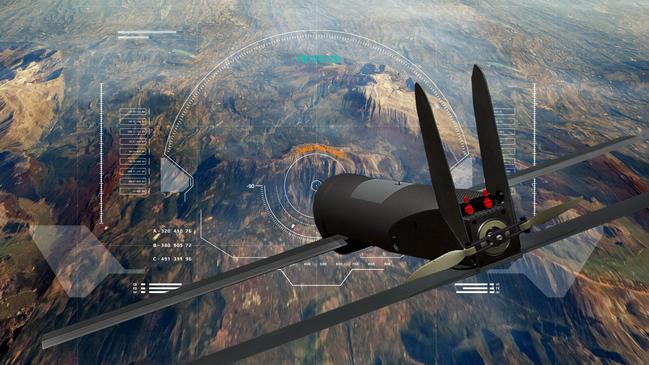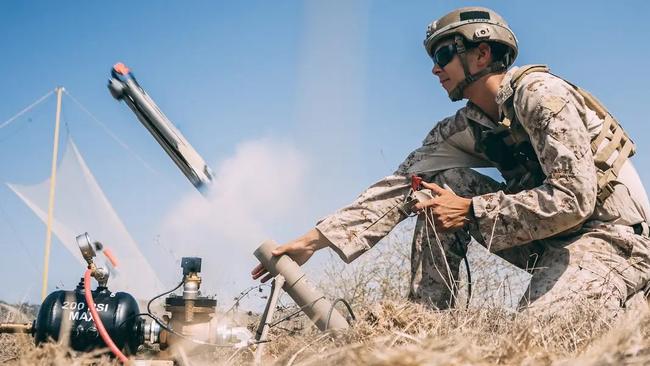
Perhaps it was the shock of being beaten to the punch by even Yemen’s Houthi rebels that finally got the capability across the line.
The Albanese government is congratulating itself for providing “world‑leading lethality and protection” for Australian troops, in an announcement on Monday that the ADF will get US-made Switchblade 300 drones.
But in truth, Australian governments of both persuasions have been far too late to invest in armed drones, placing ADF personnel at risk.
For a country with a $55bn defence budget, it’s a national embarrassment that it’s taken until now to equip the ADF with these 21st century weapons.
The US’s feared Predator drone first entered service in 1995, debuting in the 2001 war in Afghanistan. It has been fielded by American forces so long it is in the process of being retired.
Now, the focus is on cheaper drones that can overwhelm an enemy by sheer numbers.

But the ADF’s obsession with acquiring the biggest and the best (think nuclear submarines and eye-wateringly expensive frigates) has blinded it to what military strategists describe as “the small, the smart and the many”.
As the war in Ukraine has shown, armed drones can give seemingly outgunned forces an advantage against opponents that would appear to be far more capable.
But defence planners have been alert to this fact for years. The little-known 2020 war between Azerbaijan and Armenia, in which the former overwhelmed the latter with an array of Turkish and Israeli-made drones, proved the point beyond doubt.
Now, every rag tag force with an axe to grind is armed with lethal drones. The Houthis are a case in point. Their ongoing use of Iranian-made drones to wreak havoc on Red Sea shipping has confounded US-led forces and more than likely contributed to Australia’s decision to refuse to send a warship to the region.
The Switchblade 300 is no doubt an excellent capability. But it has been around since 2011 and Australian forces won’t start to train with the weapon until next year.
It’s also relatively expensive. At more than $70,000 a shot, it’s a pretty costly way of delivering a grenade-like effect over a long distance.
The Ukrainians were initially provided with Switchblades by the Americans, but found they could achieve the same effect at a fraction of the cost by strapping explosives to commercially-available Chinese drones.
Defence Industry Minister Pat Conroy has refused to say how many of the drones the ADF will get, or how much the investment is worth.
But it’s likely the answers to these questions are: Too few, and not enough.
Conroy says the government has announced the purchase to “send a deterrent signal to potential aggressors”.
That’d be amusing if it wasn’t so concerning. China will be completely untroubled by the announcement given its devastating arsenal of killer drones, not to mention long-range missiles.
The government is also silent on how the ADF will protect its personnel and equipment from these sorts of weapons, despite ample evidence of the need for counter-drone systems.
The army’s $7bn fleet of Redback infantry fighting vehicles won’t be much good if they can be destroyed by a few remote control aircraft.
The final and most staggering aspect of the announcement is the government’s decision to overlook an array of Australian companies offering similar products – some of them developed with millions of dollars of taxpayer support.
The ADF has known for a long time it needed this capability. It should have decisively backed an Australian player to bring their version to market.
It’s no wonder many local defence firms are thinking of giving the game away.






The Australian Defence Force will finally get killer drones – 30 years after they first made their mark on the battlefield.